When you run "python" in your terminal, you get a running instance of python where you can run python code.
I want to do this, but after my script has run a few functions first.
But what I want is this type of interface at the end of my script.
I.e. I want to run my_script.py, in "main" call a few functions, but then after those functions, keep the "workspace" open with the >>> interface so that the user can run more python code.
if __name__ == "__main__":
excel_file = sys.argv[1]
my_list = load_file(excel_file)
#... do a bunch of other things
# open python interface now >>>
while True:
# accept user python commands like in the terminal example above
Is there any way to do this?

